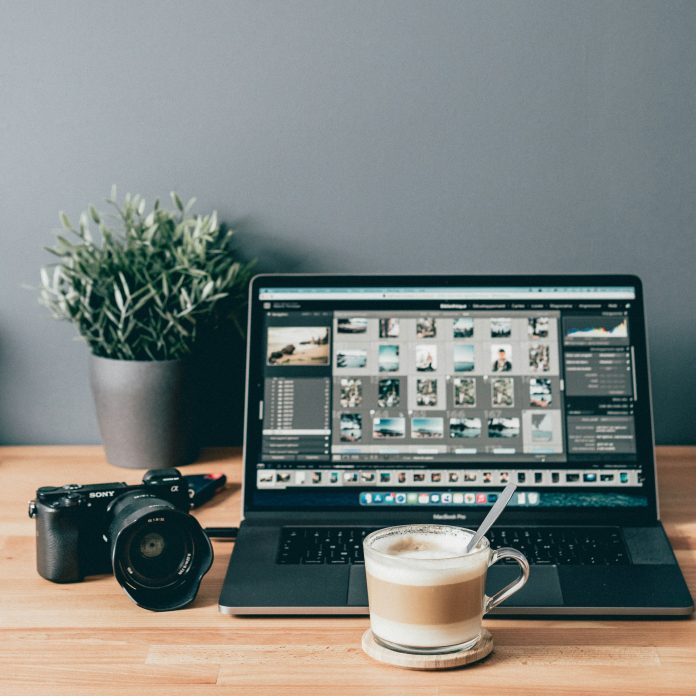If you have interacted with photography before, you can ascertain that getting a decent final picture results from professional editing. Besides basic features like functionality, this article will help you understand what being a good photo editor entails.
We will also highlight some tips for making photo editing more seamless and rewarding. So sit back, relax, and enjoy as we dive into the world of visual art.
Diversity
Most editors often have conflicting opinions when it comes to diversity. Some will prefer to stick to one genre while others advocate for expanding your horizons, and they would be right on the money. Sticking to one style like nature silhouettes in photo editing will largely narrow your creativity.
On the other hand, trying out new angles, tools, camera types, and settings will end up educating you more. You will be better equipped to manufacture a fantastic edit regardless of the subject in question because you have experimented with it in several different ways.
The same is also true when it comes to the tools you use. Certain settings in Adobe Lightroom, for instance, won’t match those in PhotoLeap, despite the latter being a great editing app.
You can click on photoleapapp.com for a better glimpse. Having a great understanding of both tools gives you a better advantage as opposed to an editor who is only well acquainted with one.
Precision to Detail
Photography is an art heavily reliant on paying attention to detail. When editing photos, several aspects come into play, from retouching blemishes to balancing the lighting, and to get a good end product, you have to touch on them.
For instance, you could take a picture of nature in the evening sun. While it may be a great raw shot, you could reduce the shadows and increase the brightness and contrast to give it a richer theme and an appealing outlook.
To get better at this, you can use ready snapshots taken by decent photographers. But if you are looking for greater creative expansivity, raw image formats are the best. If perhaps you are short on space, then you can use the JPG format.
Time Management
As an editor, you are going to find yourself working on several projects. You need to be able to deliver quality work on time. To start it off, make deadlines your friend after all since what gets scheduled gets done.
Another great way to ensure time doesn’t slip your fingers is to clear a project before moving on to the next. Having too many things running at the same time may be confusing and lead to reduced accuracy.
If managing time is still a challenge, you can use time-tracking apps and schedule your editing time. If staying focused is what bothers you most creatives, you can use the Pomodoro technique, which breaks down your work bulk into 25-minute blocks. This will massively boost your productivity.
Understanding Composition
Photo editing boils down to one main thing: giving the picture life. While no-filter pictures have somewhat become a trend, edited pictures carry the day. For you to get to the level where you are great, you must be able to balance certain portions.
For instance, when using editors like Lightroom, you can play around with the tone curve to give your shots more texture by focusing more on the object. You can also adjust the brightness to your liking and play around with the shadows.
A good method is giving them a contrasting color to make it blend better. All these tips will only work well if you understand the basic principles of editing and balancing the composition. Don’t worry though. The more you practice, the better you’ll get, which brings us to our next point.
Practice and Consistency
Rome wasn’t built in a day, and neither will your editing muscles. The good news though is the more you familiarize yourself with these tools and principles, you will undoubtedly get better at knowing what colors to match or which filter to use.
You can check out popular editors like Peter McKinnon and Creative Life on streaming platforms like YouTube to get an idea of what they are doing in the space and some inspiration.
You can also find a mentor physically or online, which would be even better since they would map out the entire journey for you. The main goal is to keep editing. Take a step further and join communities, share your work, and see what people think. If you keep on that track, you’ll become a pro in no time.
Conclusion
Photo editing is a great skill, especially in an age where content creation has become so widespread. While you may be a good editor, some qualities that will help you build your skills further include practicing regularly, paying attention to detail, and understanding composition.



 Bitcoin
Bitcoin  Ethereum
Ethereum  Tether
Tether  XRP
XRP  Solana
Solana  USDC
USDC  Cardano
Cardano  TRON
TRON  Lido Staked Ether
Lido Staked Ether  Avalanche
Avalanche  Toncoin
Toncoin